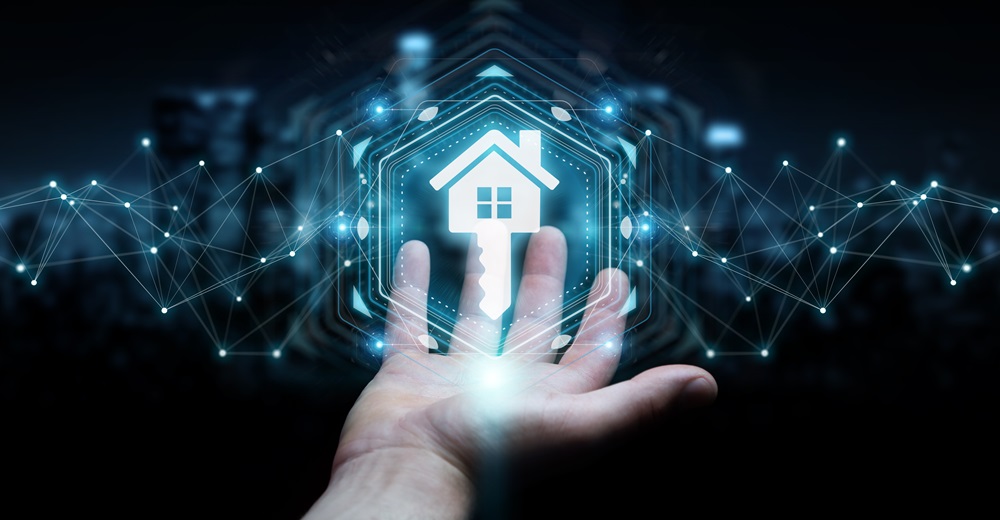This piece originally appeared in the February 2024 edition of MortgagePoint magazine, online now.
Todd Maki is VP of Customer Success at Snapdocs, a digital closing provider. In this role, Makin leads a team dedicated to helping lenders and settlement companies automate the closing process with a referral-worthy borrower experience. Maki joined Snapdocs in 2020 as VP, Head of Business Development & Partnerships. Over a 17-year career, he served as an engineering program manager at Sun Microsystems, Director of Business Development at Sunrun, and an investment banking analyst at Citigroup. He can be reached at todd.maki@snapdocs.com.

Q: The Mortgage Bankers Association reported that independent mortgage bankers lost $534 on each loan originated during the second quarter of 2023. Why are lenders experiencing these losses?
Maki: While MBA’s data shows IMBs and other lenders lost about $534 per loan in the second quarter of 2023, this is an improvement compared to their reported losses of $1,972 per loan the previous quarter. This improvement is likely attributed to a mix of variables, including a slow increase in loan volume, and improving operating costs.
However, in today’s low volume market, operating costs still outweigh profits for many. This is encouraging lenders to keep looking for ways to reduce operating costs and improve efficiency.
The good news is that many lenders have leveraged this period of low transaction volumes as an opportunity to reassess their closing strategies in a way that can both help the business now and prepare for the market’s resurgence.
The game-changer for many has been the adoption of digital closing technology. By automating processes for all parties involved, lenders are providing a referral-worthy borrower experience and creating operational and secondary market efficiencies in their business.
This translates to less time spent on closing loans, the elimination of errors, and cost savings that can quickly turn losses into profits. Plus, as a lender’s portfolio becomes more digital, the larger the impact. At this point in the industry’s digital transformation, eClosing adoption is not just a survival strategy but a requirement for ensuring future profitability, regardless of market fluctuations.
Q: How can lenders afford to transition to digital closings?
Maki: For nearly every lender, the financial benefits gained by using digital closing technology offsets the investment.
Digital closings provide operational benefits that translate to bottom-line savings. These cost savings are realized through faster closings and turn-around times in the secondary market, less physical storage needs, and a reduction in the manual hours required managing errors or lost documentation. It can be costly for lenders if preventable errors cause them to redraft documents, re-sign them with the borrower, or worse, buy back the loan. Because digital closings ensure all loan packages are complete and all data is accurate, the technology makes it easier for lenders to get everything right the first time. Our own platform, for example, includes AI-powered document processing that automatically prepares docs for eSignature and checks for errors on executed packages.
Closings represent the most important part of the origination process. It’s the last point of engagement a lender has with the borrower to leave a lasting, positive impression.
Digital closings also enhance the borrower’s experience by making each closing faster and more convenient. This makes lenders more likely to receive referrals and repeat business, which creates critical revenue. The question isn’t whether lenders can afford to transition to digital closings, but rather how they can afford not to.
Q: How much are lenders saving with digital closings?
Maki: Our research analyzed the average savings across 25 top lenders using eClose technology. The results validate that lenders are saving $110+ per hybrid closing and $290+ if the hybrid closing includes an eNote. On a full hybrid transaction that involves an eNote and RON (remote online notarization), the savings spikes to more than $400 per loan.
Let’s say a regional mortgage company handles 200 mortgages a month. The savings potential is huge. By implementing hybrid closings alone, they would save $264,000 a year. Add eNotes to the mix, and they’re looking at an annual saving of over $700,000. When you consider these numbers, the financial incentive for making the digital transition becomes clear.
That being said, the exact dollar savings realized by implementing digital closings depends largely on the lender’s business model and level of eClosing adoption. We also recently conducted a lender survey in collaboration with Arizent Research. The report found that 74% of lenders have invested in eClose technology, but only 28% of those offering eClosings have achieved an adoption rate above 60%. The lenders that are achieving stronger adoption and thus, greater savings, are those prioritizing change management and working with an eClosing technology partner focused on their unique business needs. We’re proud of the adoption rates and savings our customers are realizing. Based on our data, 60% of lenders using Snapdocs eClosing, the company’s digital closing platform, have reached an adoption rate above 60%. This is about double the adoption rate of the lenders surveyed.
But again, it’s not just about the direct cost savings—it’s about the value created by going digital. In addition to increasing borrower satisfaction, lenders that implement digital closings can free up resources to focus on value-added tasks, such as nurturing referral relationships or launching new channels of business.
Q: The same report from the Mortgage Bankers Association indicated that total production revenue for Q2, which includes net secondary marketing income and warehouse spread, worsened by 30 basis points from the prior period. How can lenders improve on these spreads?
Maki: Market conditions often dictate secondary market income and warehouse spread, which makes production revenue difficult for lenders to control.
However, lenders do have control over the business’s operational efficiency during low and high market conditions, which is where a strong digital closing strategy enters the picture.
Digital closings not only speed up transactions, but quality control initiatives as well. When it comes to due diligence market. Digital closing technology that automates manual tasks and leverages AI to improve accuracy will reduce the risk of errors. Lower risk translates to better rates and improved spreads. When every document is digital, it also becomes substantially easier to sift through data, spot trends, and even leverage analytics for predictive insights.
Q: In the current market, what is most important for lenders to think about?
Maki: Given that the average mortgage company has been losing money on each loan they originate, reducing expenses is paramount. But the goal is not strictly cutting costs, but doing so in a way that enhances overall business agility and the customer experience. By facilitating digital closings at scale, we’re providing substantial cost savings that enables lenders to run their companies at maximum efficiency and do more with less.
The idea of efficiency is a critical factor, but so is building resilience and adapting to current market demands.
Keep in mind, today’s borrowers expect smooth, hassle-free closings their prospects for referrals and repeat business. In fact, Snapdocs lenders see a 10-point increase in NPS (net promoter score) when offering digital closings to borrowers, which equates to a higher level of satisfaction.
As with any lender, IMBs must balance efficiency, adaptability, and customer satisfaction to remain successful in today’s market. There’s no more effective strategy to achieve this balance than by implementing digital closings with the right provider and strategy for adoption at scale. While the current environment remains challenging, we’re excited to see more lenders turn to digital closing technology to reduce their operating costs and ensure long-term profitability.
It’s truly an exciting time.




